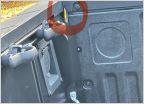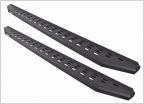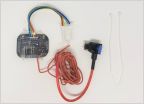-
Welcome to Tundras.com!
You are currently viewing as a guest! To get full-access, you need to register for a FREE account.
As a registered member, you’ll be able to:- Participate in all Tundra discussion topics
- Transfer over your build thread from a different forum to this one
- Communicate privately with other Tundra owners from around the world
- Post your own photos in our Members Gallery
- Access all special features of the site
Offset needed
Discussion in '3rd Gen Tundras (2022+)' started by kennypowers69, Nov 11, 2022.


 Gap in tailgate
Gap in tailgate Running Boards - 2023 Tundra
Running Boards - 2023 Tundra 2022 AutoStop Disable Kit - Solved
2022 AutoStop Disable Kit - Solved CAN bus injection theft
CAN bus injection theft Anyone have a case that you are able to charge through
Anyone have a case that you are able to charge through Which running boards to go with?--Pictures requested
Which running boards to go with?--Pictures requested

















































































